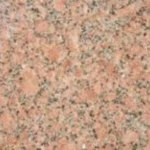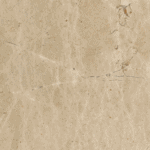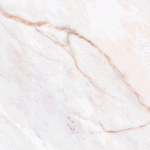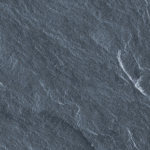Some time ago, the hearth (the area in front of the fireplace) was made from brick and brick alone, and for good reason, brick is strong, versatile and very heard wearing. However, today there is a demand for materials that are more aesthetically pleasing. The material you choose for a fireplace is a strong statement of your individual tastes, and can have a real impact in a room, and of course the fire or stove, which sits inside the fireplace.
Below are a few examples of fireplace surround materials, along with the key features that make them unique.
 Granite – This natural stone can cope with very high temperatures, which makes it an ideal material for a fireplace. As long as it’s correctly treated it will be resistant to staining and the usual wear and tear. Granite is almost totally scratch resistant, and is very unlikely to chip or dent like with other materials such as brick.
Granite – This natural stone can cope with very high temperatures, which makes it an ideal material for a fireplace. As long as it’s correctly treated it will be resistant to staining and the usual wear and tear. Granite is almost totally scratch resistant, and is very unlikely to chip or dent like with other materials such as brick.
Granite is a light-coloured igneous rock with grains that are big enough to be visible to the human eye. Granite forms from the slow crystallisation of magma below Earth’s surface and is made up mostly of quartz and feldspar with also small amounts of mica, amphiboles, and other minerals.
Regardless of personal taste and preference, there is no denying that granite is certainly a focal point in a room when used as a fireplace. It is versatile and can be used in a variety of designs, which can range from classic elegance to an informal, laid-back design. Due to it’s natural look, granite can be built into any design. It is also very easy to clean due to the smooth stone, which is very easy to clean (and also very satisfying too!).
Granite only used to be available in a dull grey or muted shades. Nowadays the selection of colours are much wider, making way for a wider choice or designs to fit with almost all home and fireplace designs.
 Limestone – There is no denying that a limestone fireplace is an example of beautiful craftsmanship. With limestone it is easy to see the craftsmanship, which has taken place to produce a fireplace.
Limestone – There is no denying that a limestone fireplace is an example of beautiful craftsmanship. With limestone it is easy to see the craftsmanship, which has taken place to produce a fireplace.
Like with other stone, limestone is heavy and installation should be done by a professional. Also limestone, unlike granite is only light in colour, which would not make it suitable for those that want a darker look to their fireplace. That said, limestone produces an a beautiful, enchanting look to a fire, and can really set a room and fire off well.
Limestone is sedimentary rock, this means it is formed from minerals and particles. Usually limestone is formed under water, which is why it often has sand or mud particles in it. We design and build our own limestone fireplaces, which are produced by master craftsmen at our Headquarters in Telford.
 Marble – Compared to limestone and granite, marble has a wider choice of colours, although it tends to be more expensive than both. It is not as hard as granite, but much harder than limestone. Both are very durable as long as they are sealed every few years. This is usually more essential when marble (or granite) is used as a surface top, and not so much as a fireplace.
Marble – Compared to limestone and granite, marble has a wider choice of colours, although it tends to be more expensive than both. It is not as hard as granite, but much harder than limestone. Both are very durable as long as they are sealed every few years. This is usually more essential when marble (or granite) is used as a surface top, and not so much as a fireplace.
The “pattern” is larger in marble compared to granite. The colour also tends to be fairly consistent with veins running through it that focus the colour. A blue/greyish slab of marble might have darker blue veins; a grey/pink slab might contain veins that are quite rosy-red in colour.
 Slate – Slate is usually more suited to a “rustic cottage” look in a home. Unlike marble or granite, slate does require regular cleaning, and occasionally a deeper clean.
Slate – Slate is usually more suited to a “rustic cottage” look in a home. Unlike marble or granite, slate does require regular cleaning, and occasionally a deeper clean.
Slate is a fine-grained, foliated metamorphic rock that is made by the alteration of shale or mudstone by low-grade regional metamorphism (the alteration of the structure of rock by heat and pressure). Apart from use on a fireplace, it is also a popular material for roofing, flooring, and flagging due to it’s durability and aesthetically pleasing appearance.








